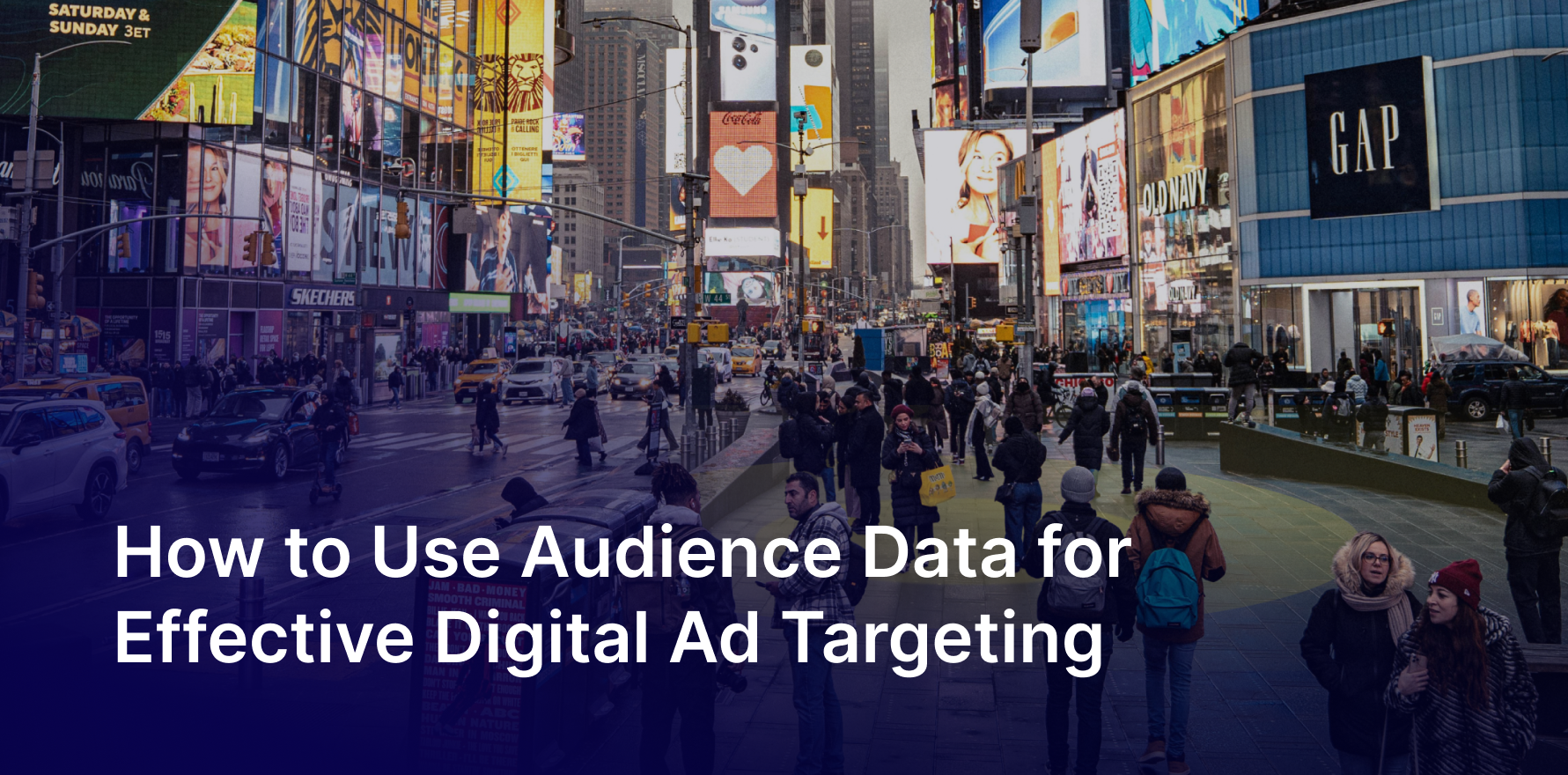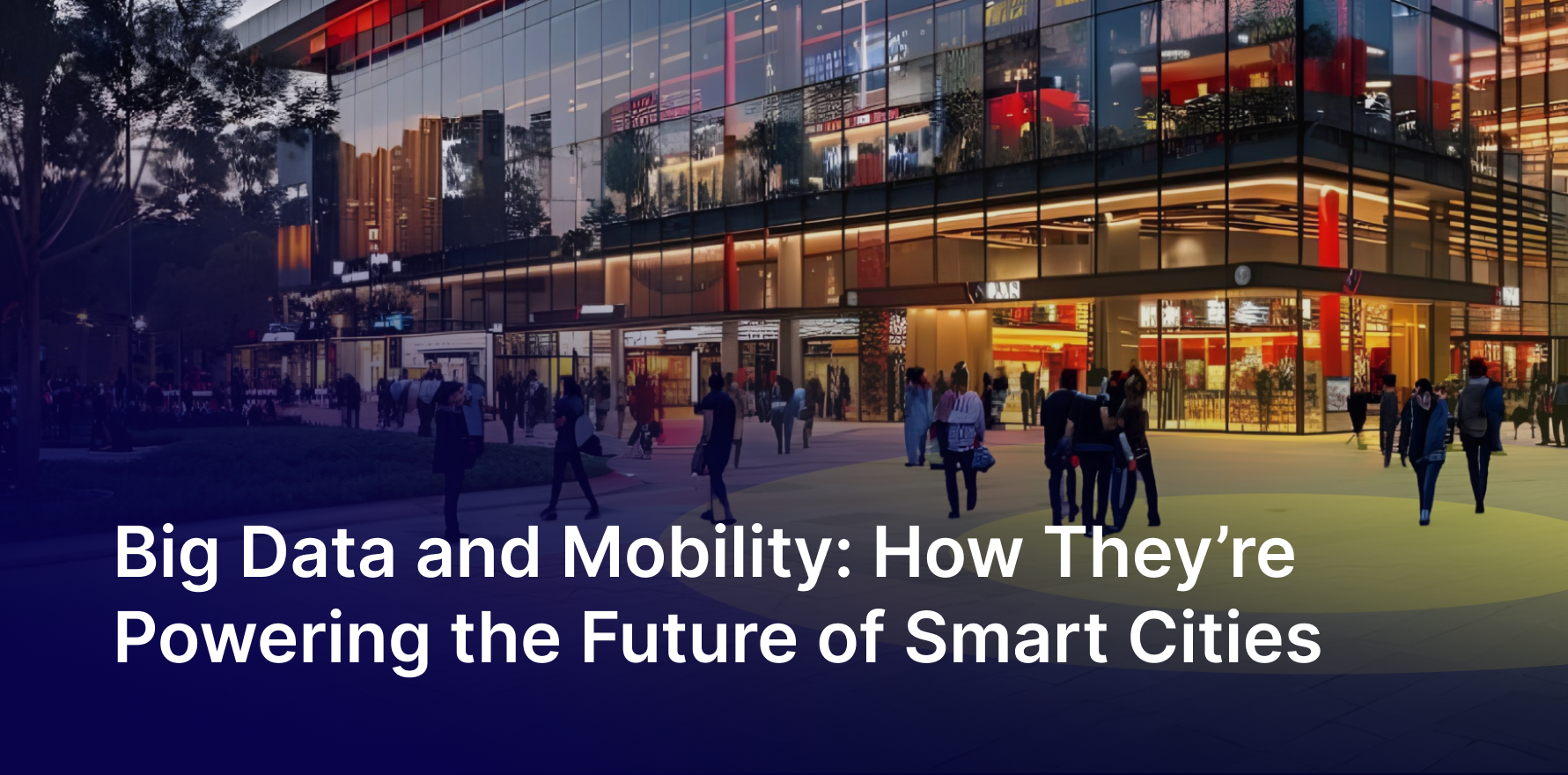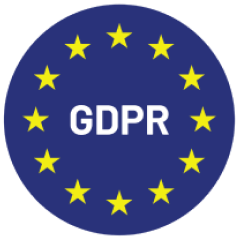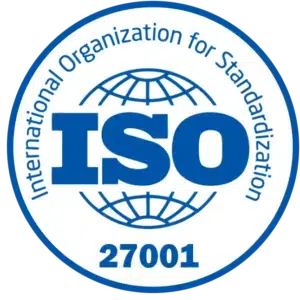Discover ten powerful strategies to leverage intent data for targeting audiences effectively. Learn how to recognize intent signals, prioritize high-value prospects, personalize outreach, and optimize multi-channel strategy to enhance your marketing efforts.
The modern marketer has access to more data than ever, thanks to the rise of IoT and 5G networks. With this influx of data, capturing intent at the moment of interest is vital. Here’s how to leverage intent data and signals effectively:
Data Targeting 101: 10 Strategies to Reach the Right Audience
Data-driven targeting goes far beyond demographics. Today’s high-performing marketers combine behavioral, contextual, and intent-based insights to reach audiences who are actively in-market.
Common targeting methods include:
- Demographic targeting: using attributes like age, gender, and location.
- Behavioral targeting: analyzing browsing, engagement, and purchase history.
- Contextual targeting: matching ads to content themes—privacy-safe and cookieless.
- Account-based targeting: focusing on specific companies or industries using intent signals.
These approaches are powered by different classes of data—from first-party sources like website interactions to external datasets such as Factori’s Audience Data, which aggregates behavioral and interest-based signals across regions and industries.
1. Recognize Intent Signals
Understanding and identifying intent signals is crucial. Recognize the data points that indicate a prospect’s interest in your products or services. This could be web behavior, content consumption patterns, or engagement on social media.
2. Prioritize High-Value Prospects
Focus your efforts on prospects who exhibit high-intent signals. Narrow down a broad list of potential leads to those actively searching for the solutions you provide. This prioritization helps you allocate resources effectively.
3. Speed is Key
Act quickly on intent signals. The ability to respond promptly to a prospect’s interest can set you apart from competitors. Implement systems that alert your team to high-intent behaviors in real time.
4. Utilize Predictive Analytics
Use predictive analytics to forecast which prospects are most likely to convert. By analyzing past behaviors and patterns, you can identify potential future actions and tailor your marketing efforts accordingly.
5. Personalize Outreach
Personalize your messaging based on the intent data collected. Tailored communications resonate more with prospects, increasing the likelihood of engagement and conversion.
6. Implement Account-Based Marketing (ABM)
Leverage intent data to enhance your ABM strategies. Identify target accounts showing buying signals and tailor your outreach to address their specific needs and pain points.
7. Optimize Multi-Channel Strategies
Ensure your marketing strategy spans multiple channels. Prospects interact with brands across various platforms, and a consistent presence can reinforce your messaging and increase touchpoints.
8. Enhance Content Strategy
Develop content that aligns with the interests and needs indicated by your intent data. Create targeted content that addresses specific queries and pain points, positioning your brand as a valuable resource.
9. Monitor and Adjust
Continuously monitor intent data and adjust your strategies as needed. Market conditions and consumer behaviors can change, and staying agile allows you to maintain effectiveness in your outreach.
10. Partner with Data Providers
Collaborate with data providers to access comprehensive intent data. These partners can offer deeper insights and more extensive datasets, enhancing your ability to identify and act on high-intent prospects.
You can partner with players like Factori, which offers datasets like Consumer data, which has more than 100 attributes that include purchase intent, interest, demographics, home ownership, and mortgage details, or Audience data, which has segments based on intent, interest, and behavior.
The Future of Intent Marketing
As technology evolves, the ability to capture and act on intent data will only become more critical. Marketers must stay ahead by continuously refining their strategies and leveraging the latest tools and techniques.
By incorporating these data-driven best practices, marketers can significantly improve their lead-generation efforts and create more personalized and effective marketing campaigns.
Want to implement actionable strategies to your business using Data? Schedule a free discovery with one of our data expert here
You may also like










